Dolphin Emulator Linux: Installation, Setup, and Performance Guide

The Dolphin Emulator is a powerful open-source tool that lets you play Nintendo GameCube and Wii games on modern systems with enhanced performance and graphics. While it is available on multiple platforms, Linux offers the best stability, efficient resource usage, and customization options. Whether you are using Ubuntu, Fedora, or Arch Linux, setting up Dolphin […]
OpenWRT Docker: How to Run and Manage Docker Containers on OpenWRT
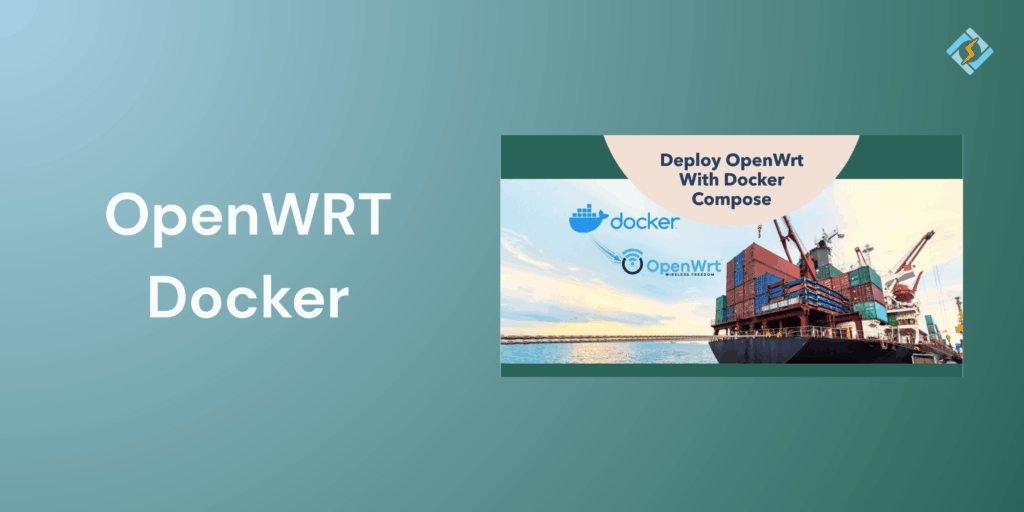
Running OpenWRT Docker unlocks a new flexibility level for power users and network administrators. OpenWRT is a lightweight Linux-based operating system for routers and is widely used for advanced customization, firewall control, and network optimization features. When combined with Docker, which is one of the best containerization platforms, it transforms your router into a compact, […]
Gluetun Docker: A Complete Guide to Setting Up a Secure VPN Proxy Container
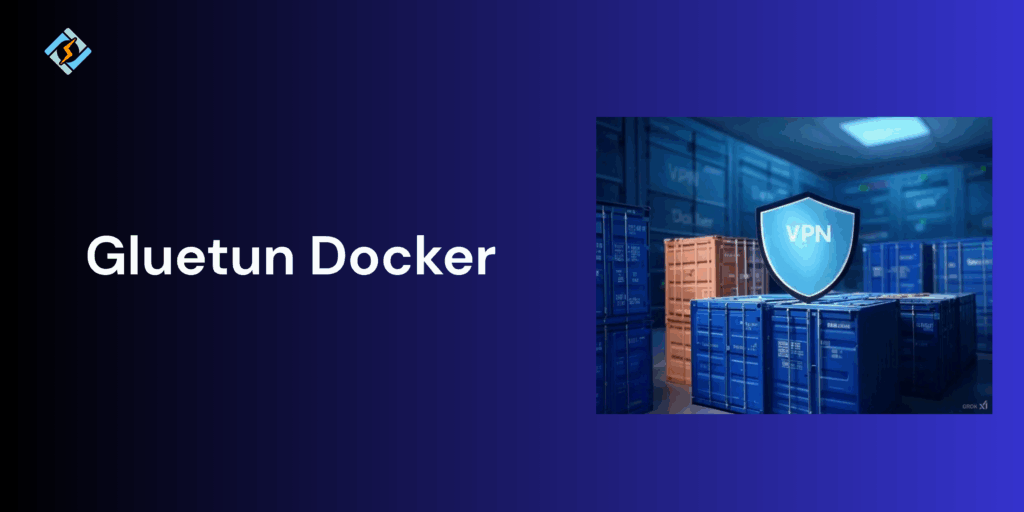
When running applications that require VPN protection or secure network routing, Gluten Docker has become a go-to solution among self-hosters and privacy enthusiasts. Gluten is one of the most lightweight, open-source VPN client containers that runs inside Docker, allowing you to route other containers. Using Docker Compose, setting up and managing Gluetun Docker becomes quite […]
Moby Docker: Understanding Docker’s Open-Source Core Project

Docker is one of the biggest revolutions in the world of software development by making containerization simple, portable, and efficient. However, few users know that the foundation of Docker’s technology lies in an open source framework Moby. The Moby project was launched by Docker Inc in 2017 and serves as an open source core behind […]
Synology Docker: How to Run and Manage Docker Containers on Synology NAS
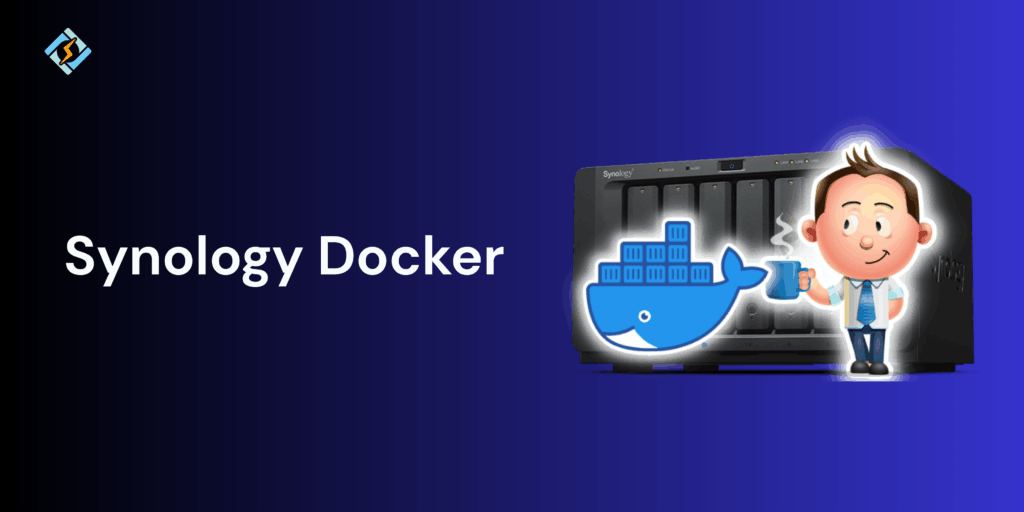
Docker has transformed the way developers and system administrators deploy applications, making them lightweight, portable, and easy to manage. When combined with a Synology NAS, Docker becomes powerful, turning the storage device into a versatile application hosting platform. Using Synology Docker, you can easily run containers into databases, web apps, or even media servers without […]
Pihole Docker: How to Install and Run Pihole Using Docker
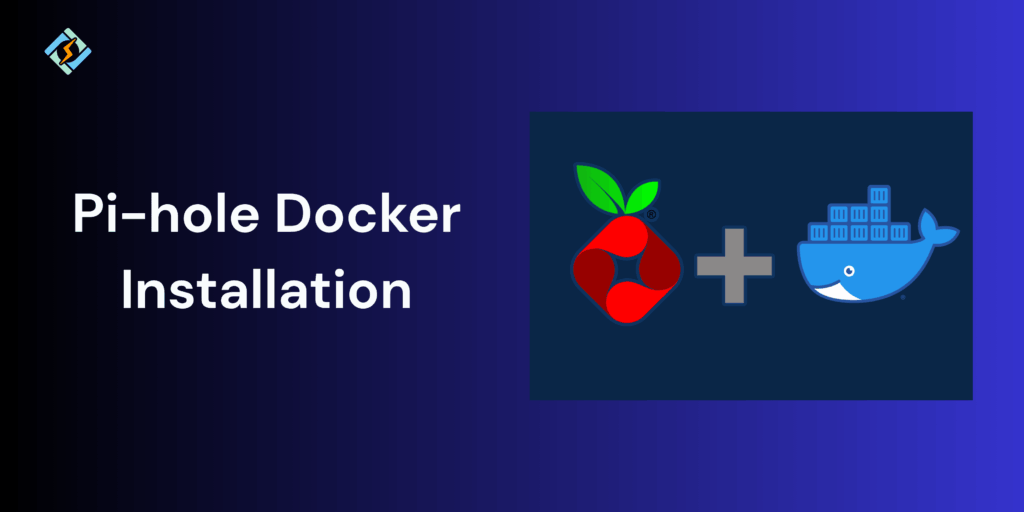
Online ads and trackers can really clutter your browsing experience, slow down the network, and even compromise on privacy. Pihole Docker offers an incredible solution by acting as a network-wide ad blocker that filters unwanted traffic before it reaches your devices. Running Pihole via Docker containers makes the entire setup and management even simpler. With […]
How Businesses Can Reduce Server Costs Without Sacrificing Performance

In the modern world today, managing infrastructure efficiently has become a top priority for businesses. With the ever-increasing cloud costs and performance demands, organizations are always on the lookout for practical ways to optimize their infrastructure without compromising on the reliability or user experience. If you are stuck in the same boat, here are some expert […]
Bodhi Linux: A Lightweight and Elegant Ubuntu-Based Distro

If you need a fast, minimalist Linux distribution that would bring new life to older computers, Bodhi Linux is an excellent choice. Based on Ubuntu, Bodhi Linux combines a lightweight interface with the elegant Moksha desktop environment, offering both performance and visual appeal. Its modular approach lets users customize their setups according to their needs. […]
Docker Container DNS: How to Configure and Manage DNS in Docker
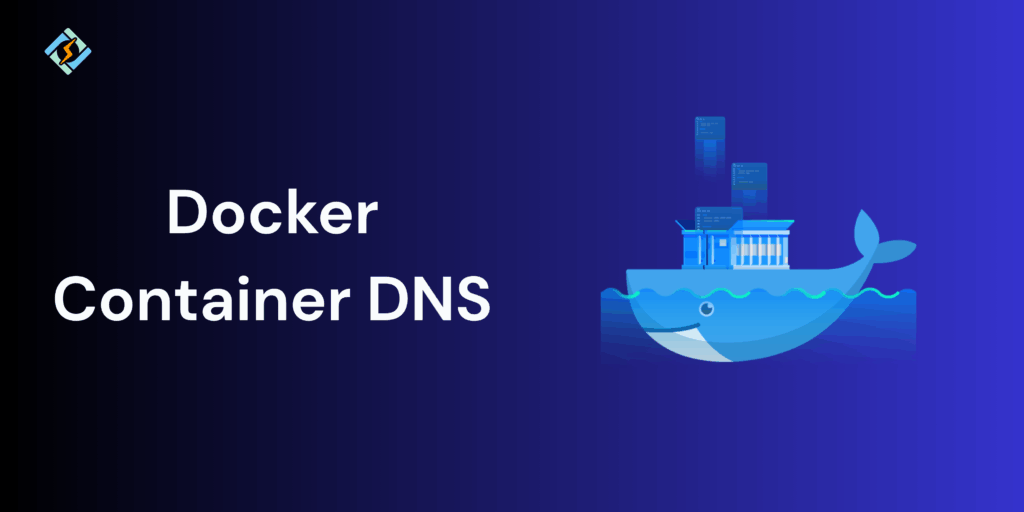
In Docker, containers generally rely on DNS (Domain Name System) for resolving domain names to IP addresses, like other networked applications. By default, Docker automatically manages the DNS settings through the internal DNS server, ensuring that all containers can communicate with each other and access the internal network smoothly. However, in certain environments, such as […]
Bash For Loop: A Complete Guide to Iteration in Bash Scripting

When working with shell scripts, repetitive tasks are quite common, from processing multiple files to automating system tasks. The Bash for loop is one of the most powerful constructs for handling such repetitive tasks efficiently. It allows you to iterate through lists, ranges, or command outputs while executing a block of code for each item […]
Plex Docker: How to Set Up and Run Plex Media Server in Docker
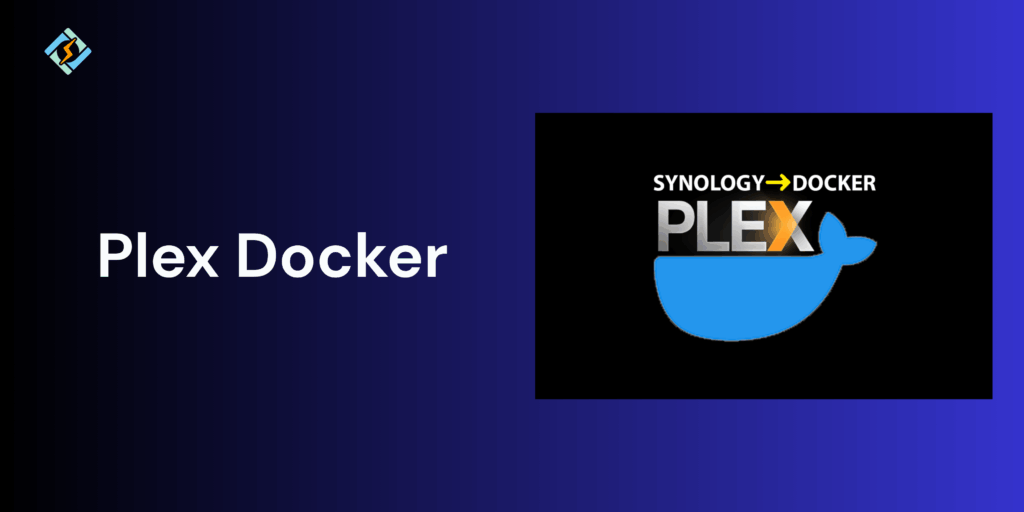
Plex Media Server is one of the most famous solutions for streaming personal media libraries, from movies and TV shows to music and photos, across multiple different devices. Running Plex inside a Docker container will simplify deployment, resource management, and updates while ensuring a consistent and isolated environment. With Docker, you can set up Plex […]
Arch Linux GNOME: How to Install and Set Up the GNOME Desktop

The GNOME desktop environment is one of the most popular and polished interfaces available for Linux users, known for modern design, simplicity, and streamlined workflow. However, when it is paired with Arch Linux, GNOME provides a customizable and stable desktop environment for users. This guide will walk you through everything that you need to know […]

